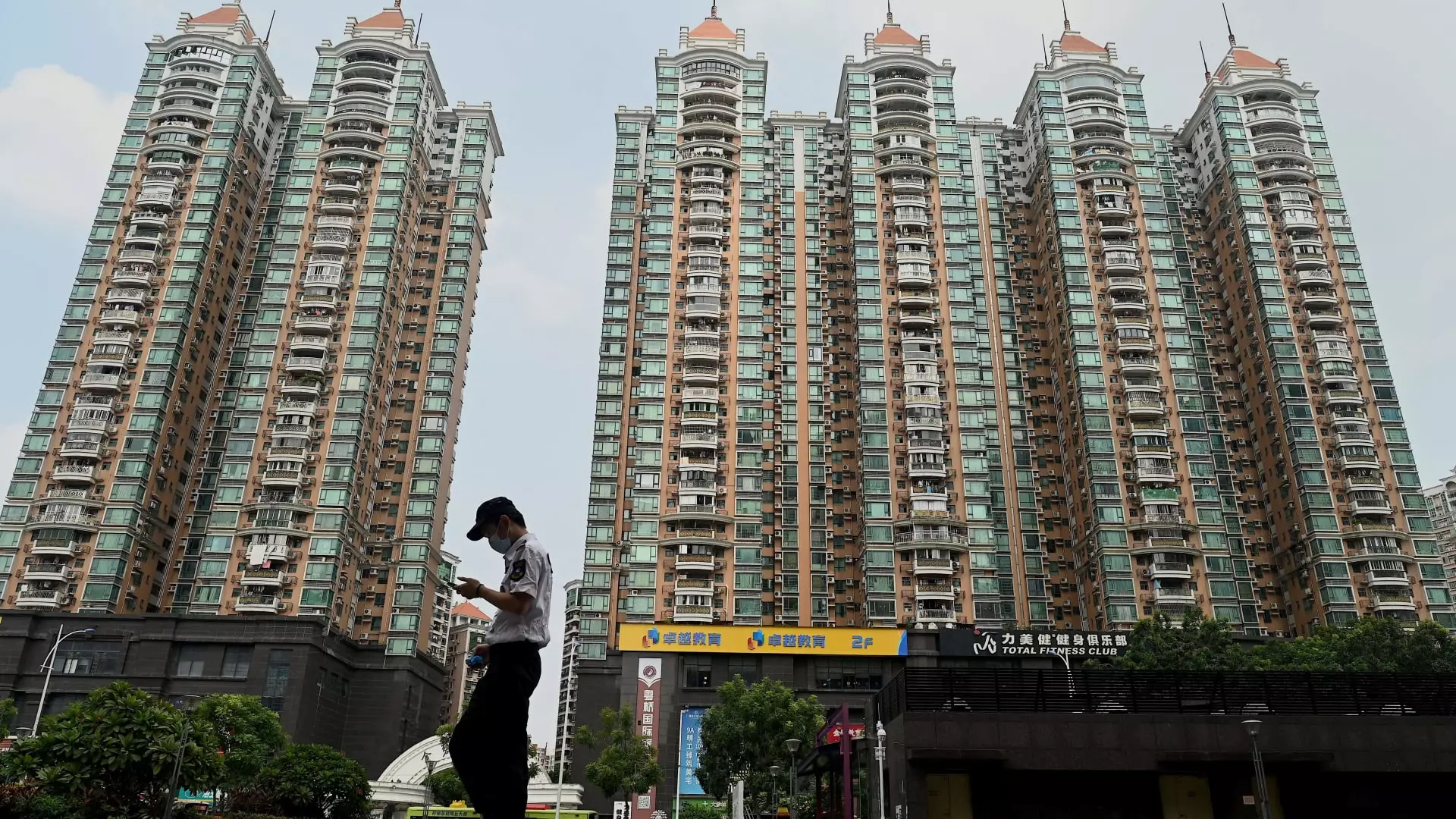In response to a flagging real estate market, recent policy changes by Chinese authorities have stirred optimism among property developers. The dire circumstances of the property sector, which has endured a prolonged downturn since the government’s crackdowns on excessive borrowing in 2020, prompted a major shift. Last Monday, key cities—including Guangzhou and Shanghai—published new regulations designed to alleviate restrictions for prospective homebuyers. These adjustments mark a significant pivot in a country where the real estate market has historically been a key engine of economic growth, contributing more than 25% of China’s GDP at its peak. After years of mounting pressure, this new direction aims to stabilize and eventually rejuvenate one of the most crucial segments of the Chinese economy.
Guangzhou was one of the first cities to announce sweeping changes, completely eliminating prior restrictions on home purchases. Migrant families had previously been required to have paid taxes or contributed to social insurance for a minimum of six months to qualify for buying multiple properties. With this policy reversal, the previous barriers for single individuals, who were limited to one apartment, have been lifted. Similarly, Shanghai adjusted its requirements by reducing the necessary tax-paying period for migrants from three years to one year, significantly broadening the scope for potential homeowners. The revision of down-payment ratios, specifically lowering the requirement for first homes to around 15%, further demonstrates the central government’s commitment to incentivize home sales.
Shenzhen also followed suit, amending its regulations to enable certain families to purchase additional properties without the previously imposed limitations. Notably, families with two or more children are now permitted to acquire two homes—a marked increase from the prior rule of one. Such actions reflect a broader intention to ease market tensions and restore buyer confidence, particularly among families looking to invest in real estate.
The stock market reaction was palpable as various property stocks surged in response to these policy announcements. The Hang Seng Mainland Properties Index displayed an impressive increase of 7%, extending a staggering 30% gain from the preceding week. Significant players in the real estate sector, including Longfor Group Holdings and China Resources Land, witnessed jumps of 12% and 2.5%, respectively. Overall, the impressive 8.5% rise in the CSI 300 signals a quick revival in investor sentiment. However, caution remains; while first-tier cities may experience a boost in property sales, experts like Allen Feng of Rhodium Group argue that the impact of these easing measures may be less pronounced in smaller cities, which continue to contend with high inventory levels.
Despite the measures implemented, doubts linger regarding their potential effectiveness in reversing the years of stagnation plaguing the property sector. A counterproductive element exists, as past initiatives have failed to lead to significant market improvements. Gary Ng, an economist at Natixis, points to a need for stabilization rather than an outright market turnaround, emphasizing that the existing high inventory levels could negate some benefits of easing regulations.
A broader structural approach may be required to restore confidence among potential homebuyers. Erica Tay from Maybank Investment Banking Group identifies the urgent need for the completion of stalled or abandoned construction projects, which affects mere 4% of space under construction this year. Accelerating such projects could serve as a catalyst for consumer confidence and provide a stabilizing effect on the market.
As the central government seeks to tackle the property slump, these new easing measures signify hope for a more vibrant real estate market. Nevertheless, the resilience of this sector in the long run will hinge on the government’s readiness to confront underlying challenges. While immediate stock market reactions evoke optimism, victors in this revitalization will be determined by the authorities’ capacity to address lingering market constraints effectively. With a careful and strategic approach, there remains a possibility of recovery for China’s property market, impacting the broader economy positively. Consumer confidence, along with robust market reforms, will ultimately dictate whether these easing measures usher in a new era for China’s real estate landscape.

